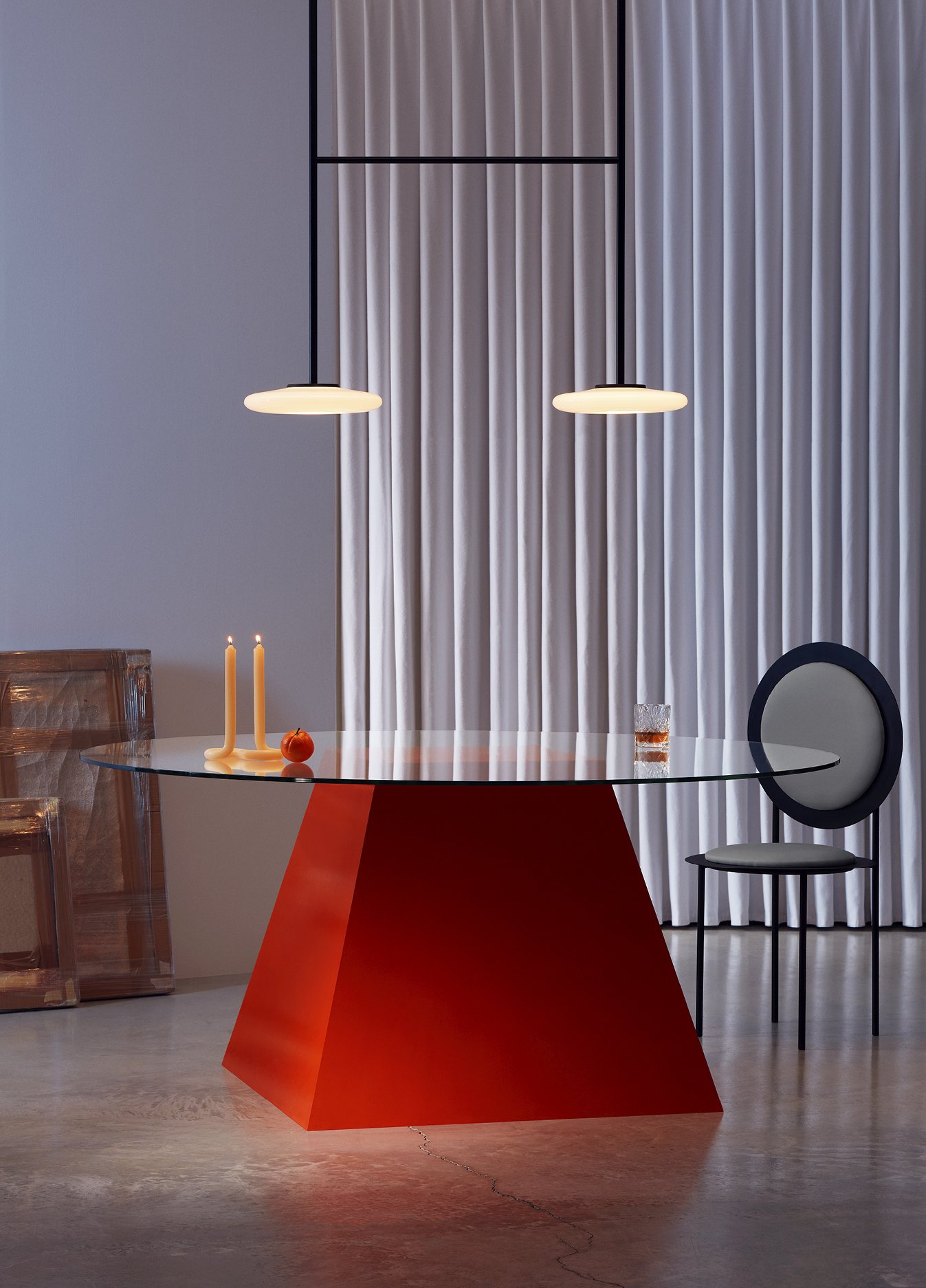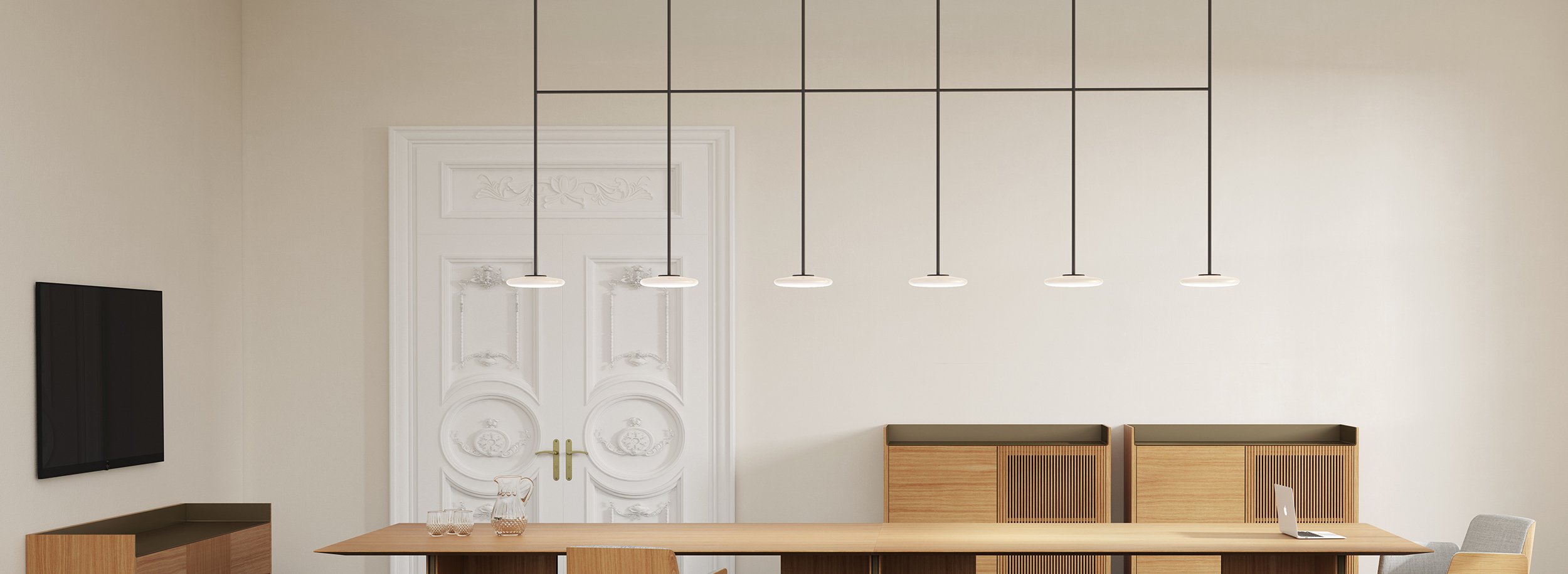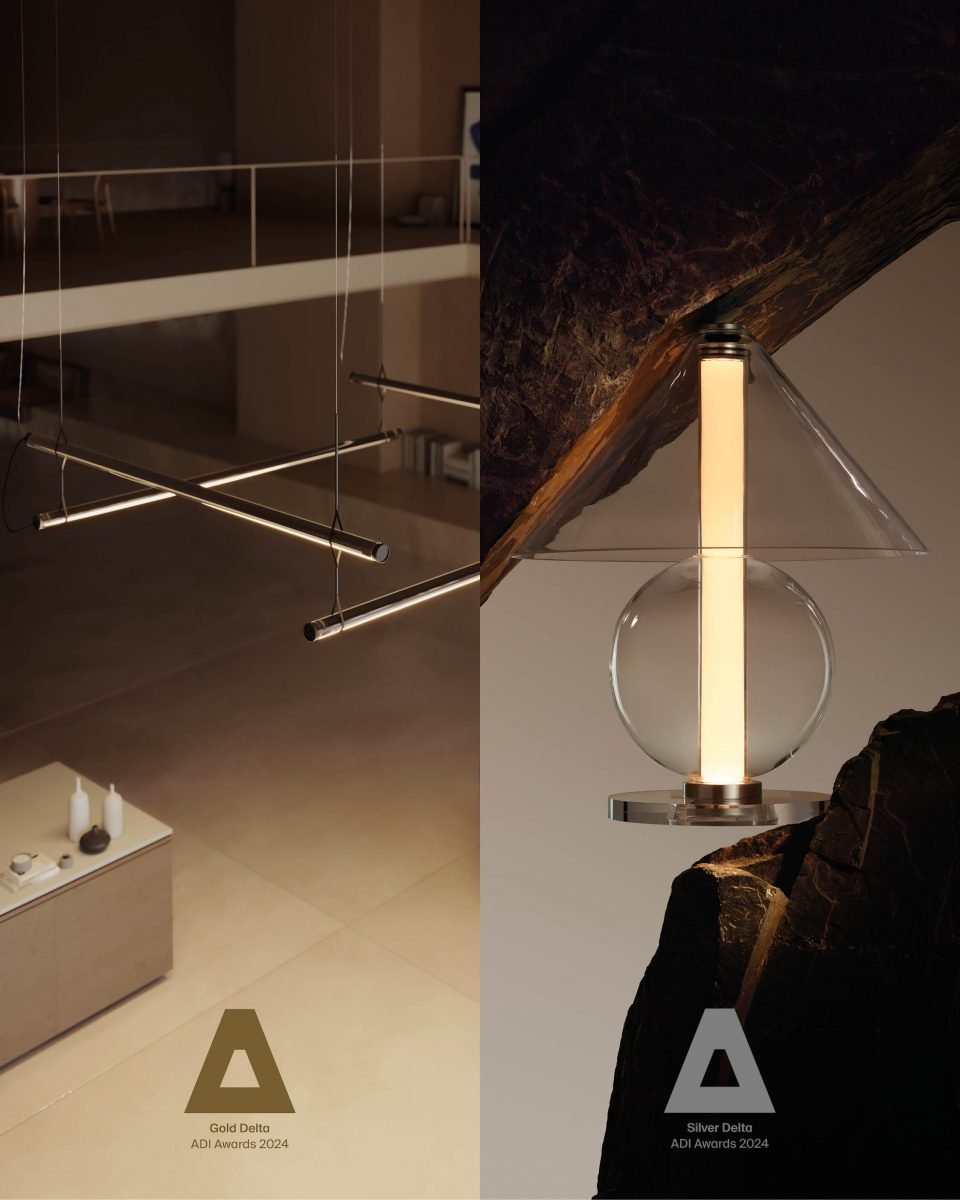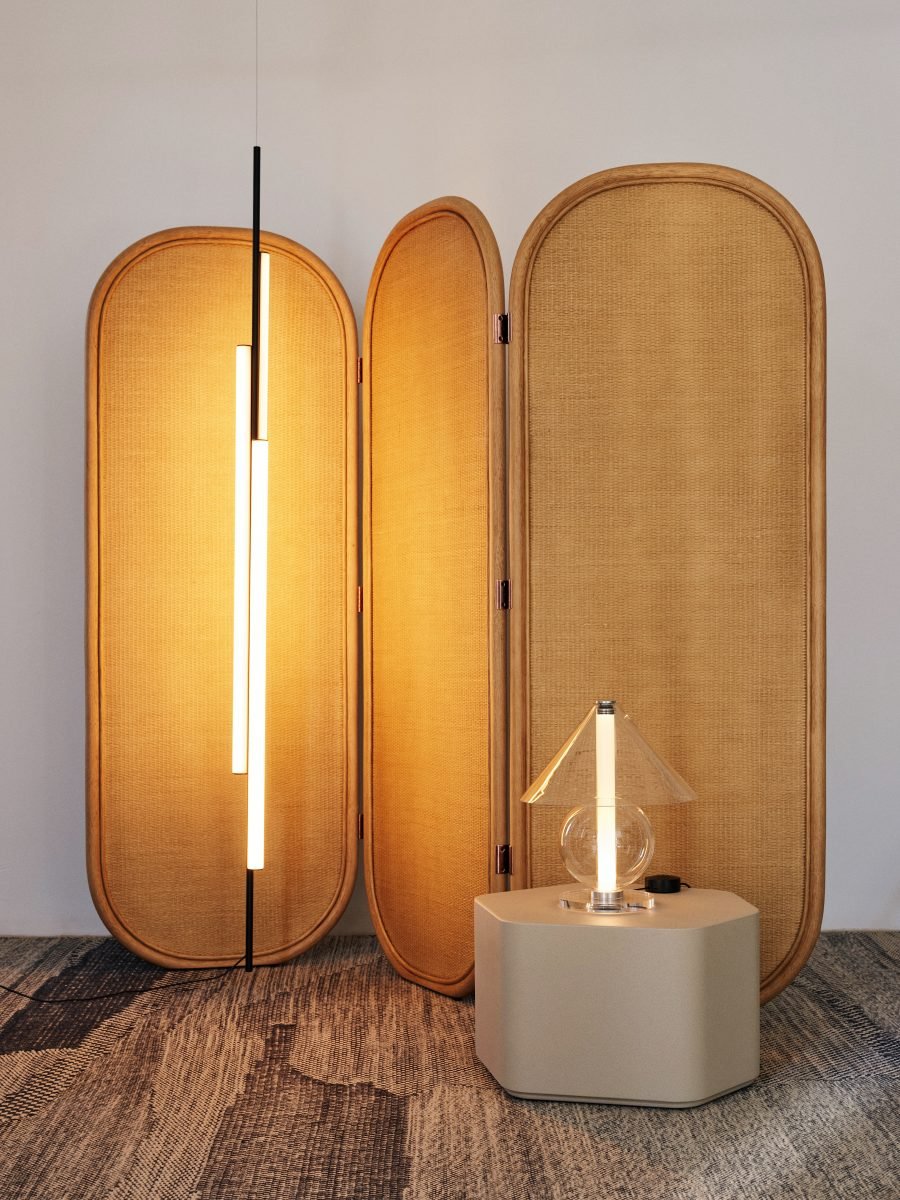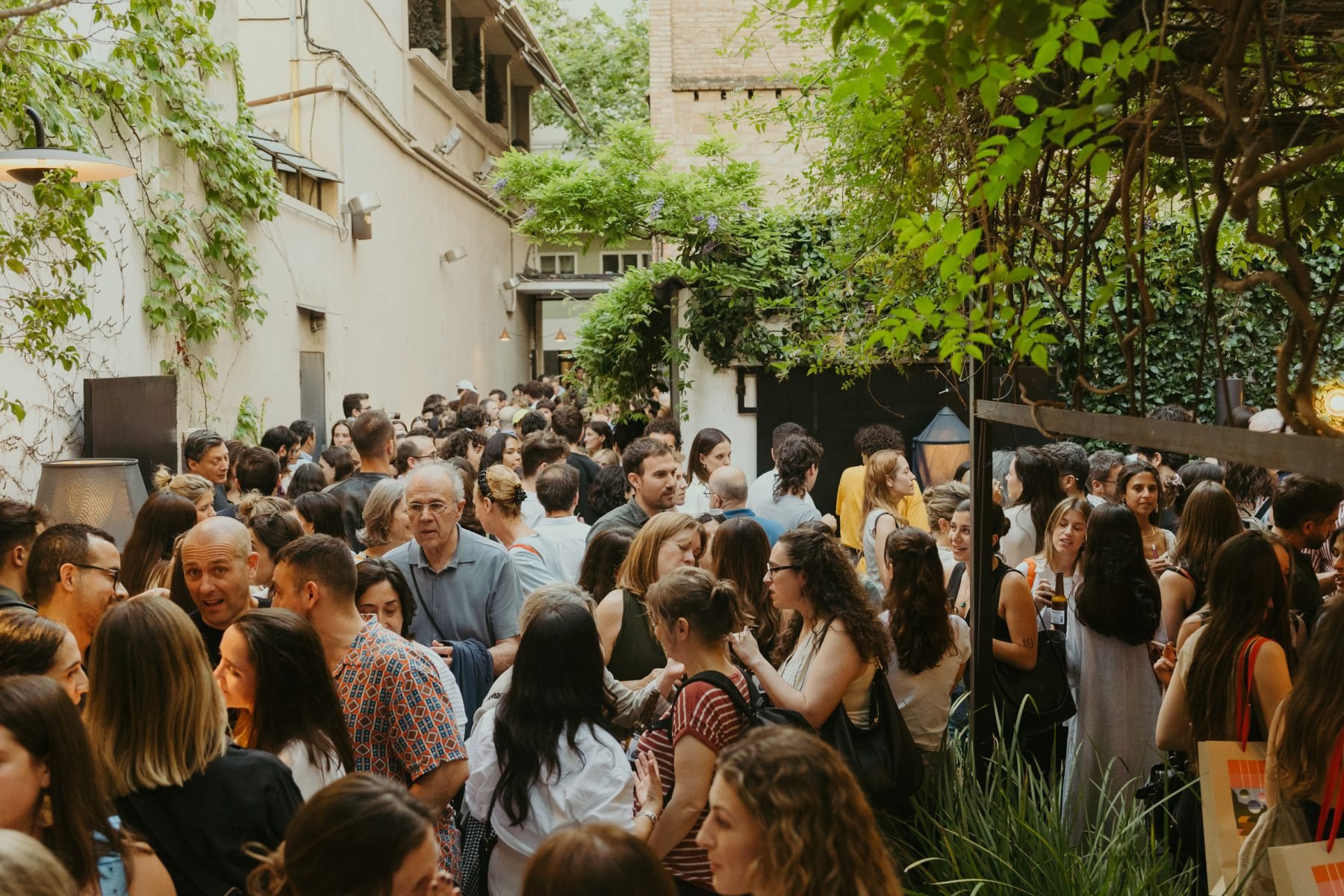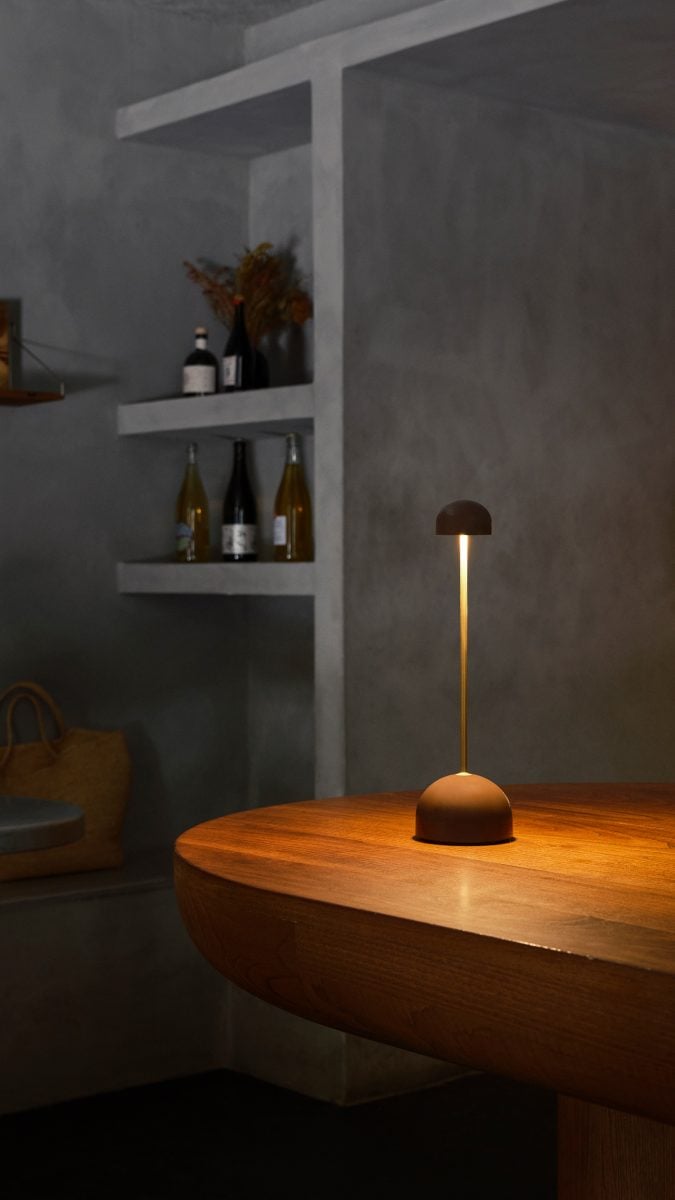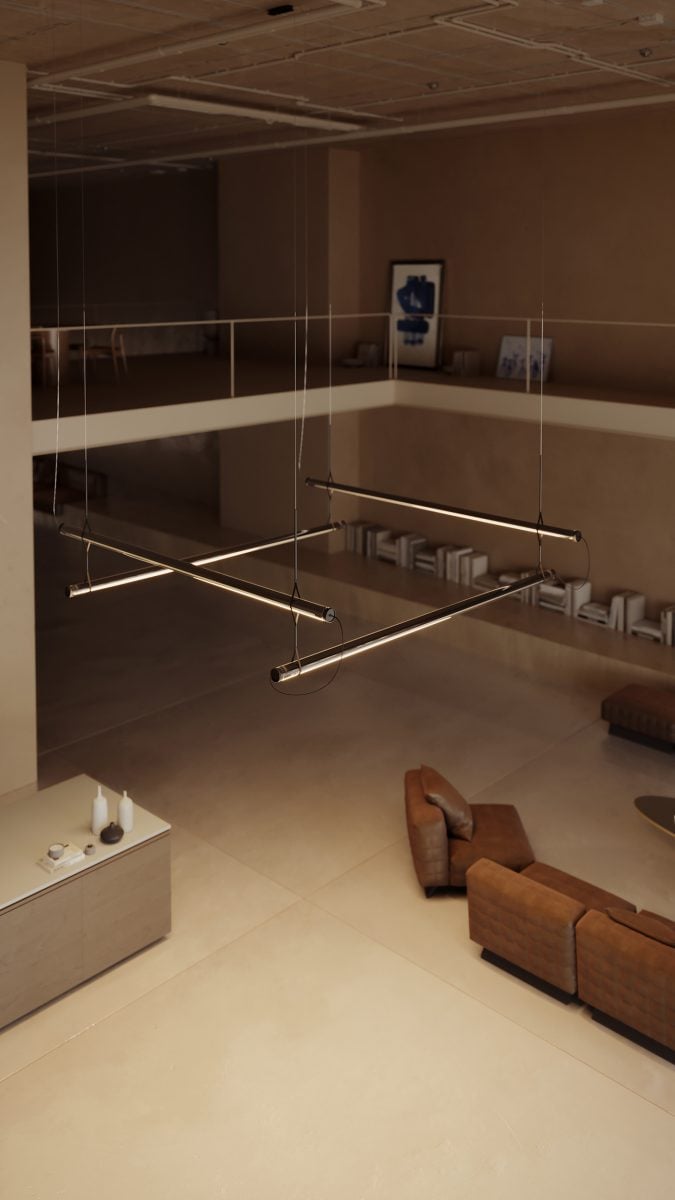Joanna Laajisto, the aesthetics of sustainability
Guided by values of Scandinavian heritage –functionality, quality, aesthetics, local craftsmanship, natural materials and ecology–, the Finnish architect Joanna Laajisto argues that a well-designed project is the best form of sustainability, and that the best results are created together with those clients who share a passion for quality and beauty. From Marset we want to transmit these values through the edition of Ihana, a modular lighting system that allows you to add up to 14 screens, and the color temperature of which can change from a warm white to an ultra warm white, thanks to the dim to warm technology.
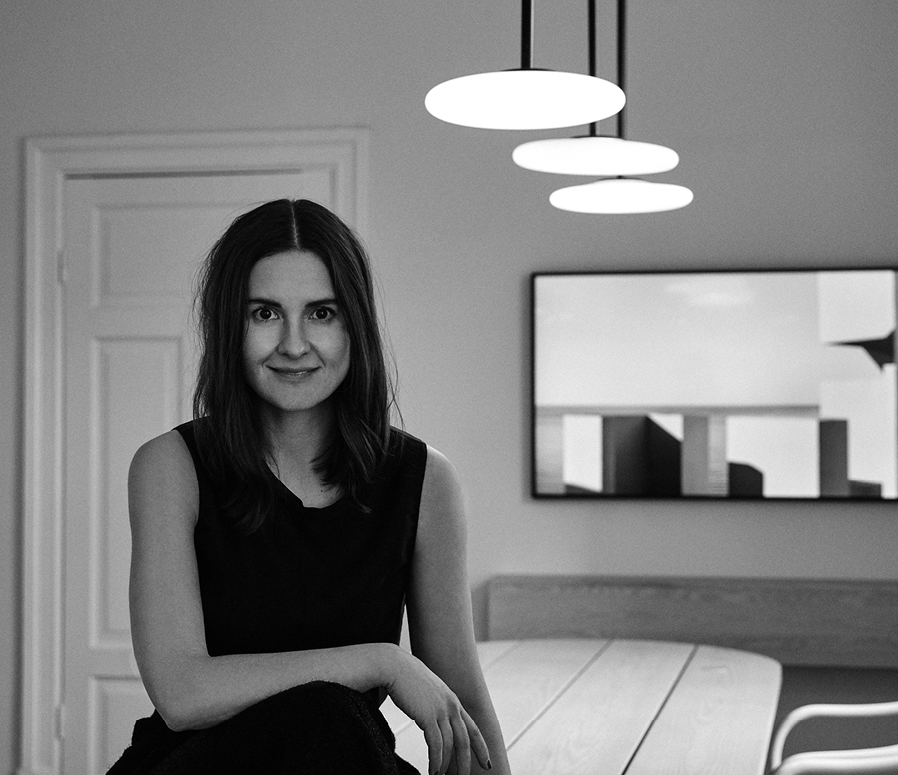
What does design mean to you, what fascinates you?
I’m always thinking about what could be done better, what could work better, what could make us feel better, how to bring more beauty… And it’s not only with design and architecture, but with everything around me, also with political and social issues: I’m very concerned about equality and the environment, and I’m always thinking about how to make a positive impact. It’s a constant thought, its really hard to stop.
How would you describe yourself as a designer? What is your approach?
My design process for products usually starts from a need. We do research for a project and if we don’t find something that fits perfectly, I usually have an idea in mind and design it myself. I like simple, classic elements that stand the test of time; I like it when you can’t tell when a piece or a space was designed. I think that having notions of previous eras and presenting them in a contemporary way in a design evokes feelings towards that time. It’s important that the things we create evoke feelings, because that generates emotion and value towards the product, and so it doesn’t become an element that is easy to get rid of. I believe in the power of beauty. I think if you design something beautiful with the right values behind it, it’s a winning combination. People are becoming more and more conscious of their consumption and are looking for ethical and eco-friendly solutions.
Is there anything or anyone that particularly inspires you?
All those who are not afraid to say and stand up for what they believe in. Greta Thunberg would be one of them.
How do you use materials and colors in your designs?
I really like basic materials like wood, metal, glass, stone, leather… I think people relate well to them, they generate emotion with that design. I usually like to use them in their natural color. But I also use many colors that we find in nature, and I like the so-called “anti-colors”, which can be difficult to define and can be interpreted in a way that one person sees green and another sees gray. Also light changes these kinds of colors a lot, and this way you don’t get bored of a color so easily or feel the need to change it after a while – that’s also more sustainable. I always like to use a bit of black, as a contrast, to mark the limits of a space or an object.
What is the inspiration behind the Ihana?
Originally, I created this lamp for our new studio in Helsinki. We are located in a late 19th century stone building with very high ceilings in the heart of the city. I wanted something long and sculptural that would not be visually “heavy” in the space where we spend most of the time. The idea of soft blown glass forms with a rigid but thin steel frame fit perfectly. The black color of the metal helps to perceive the shape. Thus, this design becomes a silhouette softened by the shapes of the illuminated round glass.
How did you get from the idea to the final product?
My initial idea came very naturally and effortlessly. Turning that idea into a product is more complicated but I am lucky to have Marset’s technical team in the process. I believe that only those pieces that survive the test of time and that are passed onto future generations should be manufactured, and that’s why it was very important to use changeable LEDs instead of fixed LEDs. We also had to consider clients with lower ceilings in order to make variations.
Can you give us three words that define the Ihana?
I can think of two: it is simultaneously soft and rigid. I like that kind of contradiction.
What would you like customers to think when they see the lamp?
“Oh, this lamp would make my space special.”
What does the Ihana bring to the design world?
Probably nothing new to the design world, but I hope it brings beauty to the people who have it.
